New publication out in ICES Journal of Marine Science! This is the first of three papers that are the products of my work at SESYNC with a wonderful team of natural and social scientists, governance and policy experts, and conservation practitioners. Below is a short description of the research that I wrote up for the journal. The paper can be found here or you can always email me for a copy of the PDF.
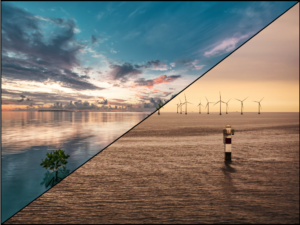
With the increasing industrialization of our oceans, many governments are turning to marine spatial planning (MSP) to protect ecosystems and the services they provide for people, empower stakeholders, coordinate across levels of government and sectoral interests, and deliver environmental, social, and economic benefits. Many countries are currently revising their marine spatial plans or developing new ones, creating a pressing need to understand how successful these plans are in achieving their ambitious and diverse goals.
MSP monitoring and evaluation is, however, commonly underfunded and underprioritized. Although assessments are underway with available methods, data, and resources, challenges remain in understanding MSP outcomes. One of the fundamental challenges is determining the set of metrics best suited to evaluate a plan. Should a plan be evaluated against its stated goals or a more general list of social and ecological outcomes aspired to by the wider body of MSP literature? Do the outcomes of these approaches differ? To explore this debate, the authors of the latest Editor’s Choice paper conducted a comprehensive literature review to identify MSP aspirations and reviewed 50+ marine spatial plans to quantify MSP realities.
They found that goals identified in the MSP literature span a wide spectrum of social and environmental categories, including climate change, conflict reduction, cultural heritage, economy, ecosystems and biodiversity, and human well-being. However, not all of the categories translated to real-world objectives in plans. Although climate change, the support of traditional and Indigenous rights, the preservation of cultural heritage, and the improvement of human well-being are increasingly discussed in the literature, many adopted plans lack objectives related to these areas. Because of this mismatch, the authors conclude that the ideas and aspirations of MSP are in many ways incompatible with their realities. Authors note that conducting an MSP evaluation based only on stated objectives might mask a lack of progress towards essential social goals, making it less likely that plans will lead to real benefits in those categories.
As more countries adopt MSP, it is critical that planning and evaluation are adjusted towards taking a more comprehensive view of socio-ecological sustainability. This research stimulates an ongoing conversation about what MSP can achieve, how these outcomes can be evaluated, and how researchers can help to ensure that MSP reaches its full transformative potential.
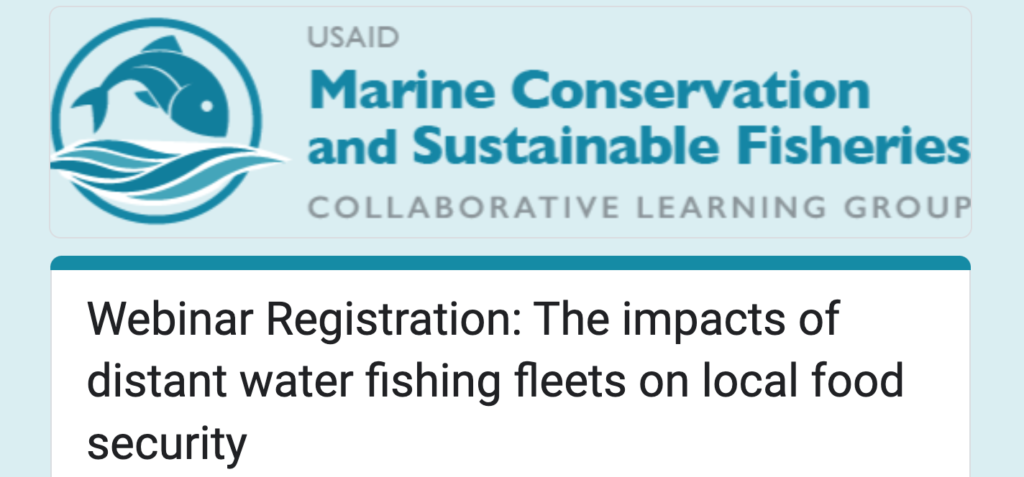
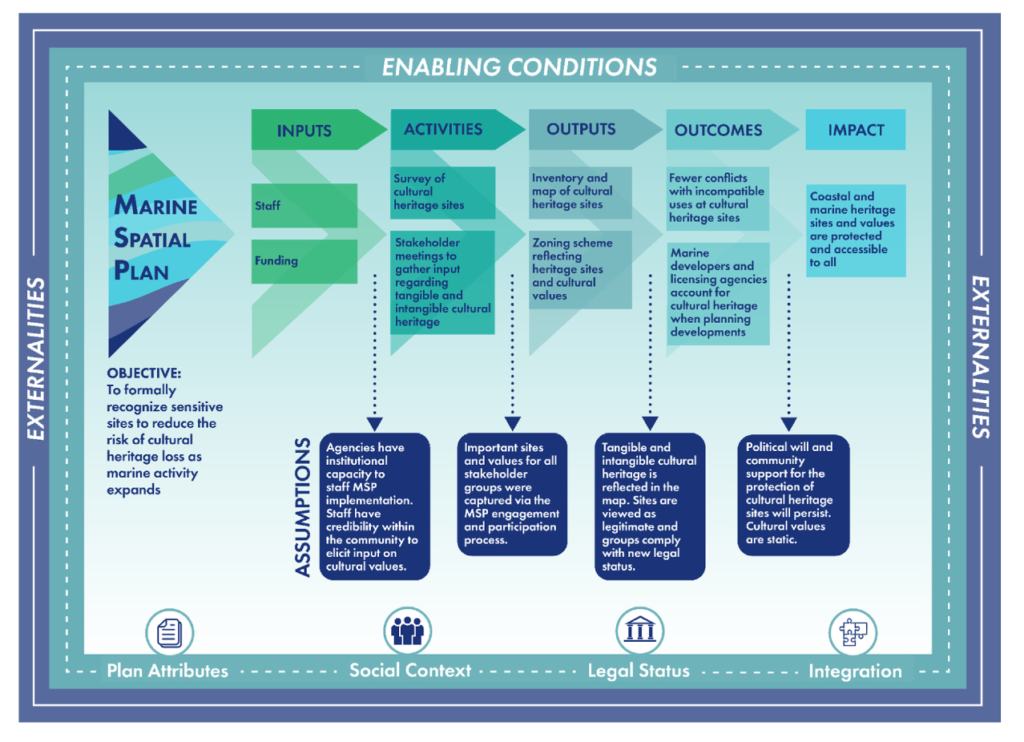
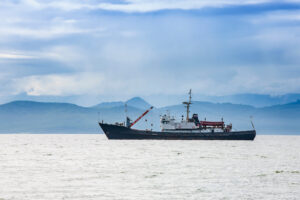

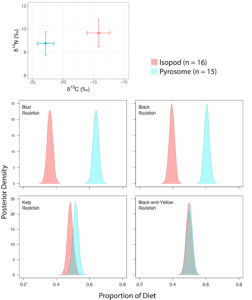
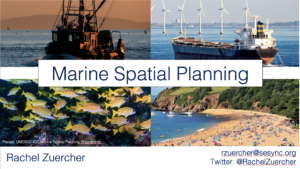 I’ve recently had the opportunity to give several guest lectures on marine spatial planning (MSP) – one at UC Santa Cruz and one at Oregon State University. Even though these were given from the home office that I’ve been in for a year now, it felt wonderful to get out and do a little teaching and to interact with new groups of scientists.
I’ve recently had the opportunity to give several guest lectures on marine spatial planning (MSP) – one at UC Santa Cruz and one at Oregon State University. Even though these were given from the home office that I’ve been in for a year now, it felt wonderful to get out and do a little teaching and to interact with new groups of scientists. 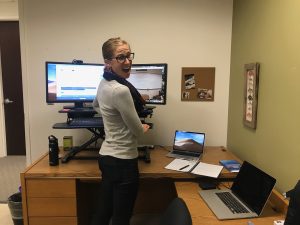
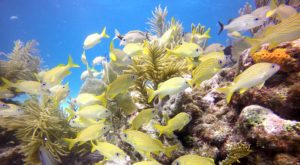
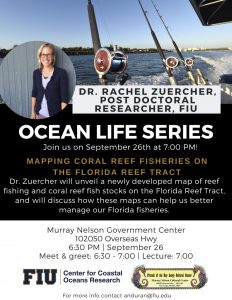 I’ll be giving the September 26th
I’ll be giving the September 26th